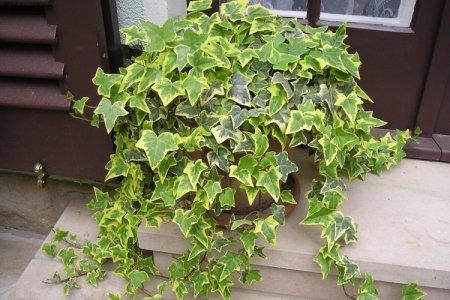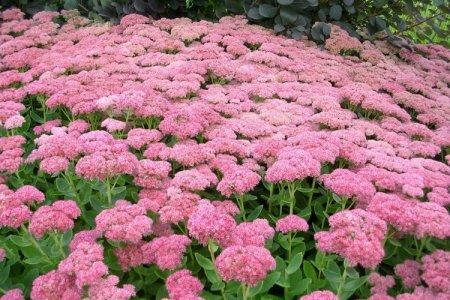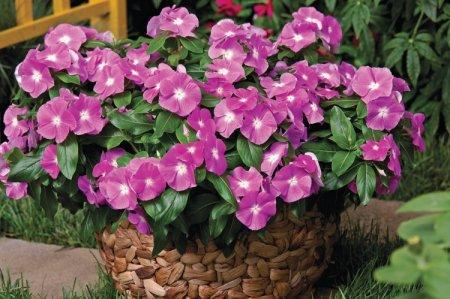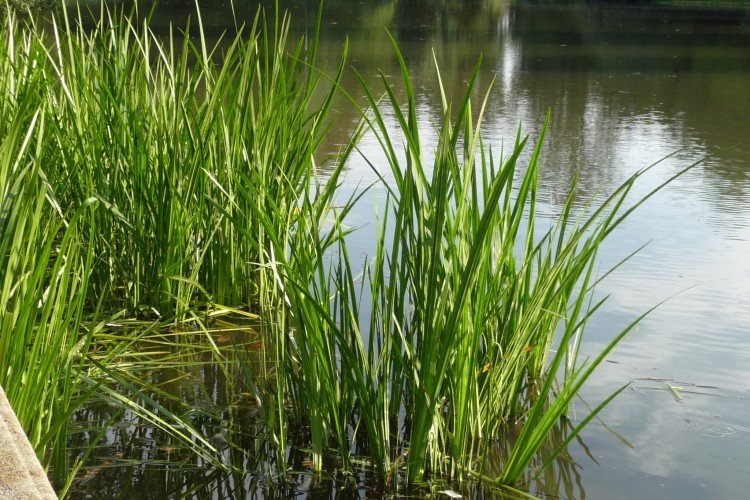
Among the plants for decorating reservoirs, calamus occupies a special place. In addition, it is grown in decorative compositions and even containers or flowerpots. This is a great choice for beginners, because it is completely unpretentious and very tenacious. Let’s tell you more!
general information
Calamus is an evergreen moisture-loving perennial with a developed and powerful root system, which allows it to grow rapidly. Calamus roots can grow up to 1.5 m in length, so it is not surprising that in nature it often grows into impassable thickets.
Calamus is notable for its long and thin xiphoid leaves up to 2.5 cm wide. They grow together from below and resemble a fan from above. Moreover, there are completely dwarf varieties and real tall giants.
Calamus is a flowering plant, although the inflorescences are rather nondescript. The buds bloom at the tops of the shoots in late spring and resemble long, yellow-green ears.
Calamus essential oils are used in perfumery, and its extract is used in medicine and pharmaceuticals. The rhizome of the plant contains a lot of nutrients and trace elements.
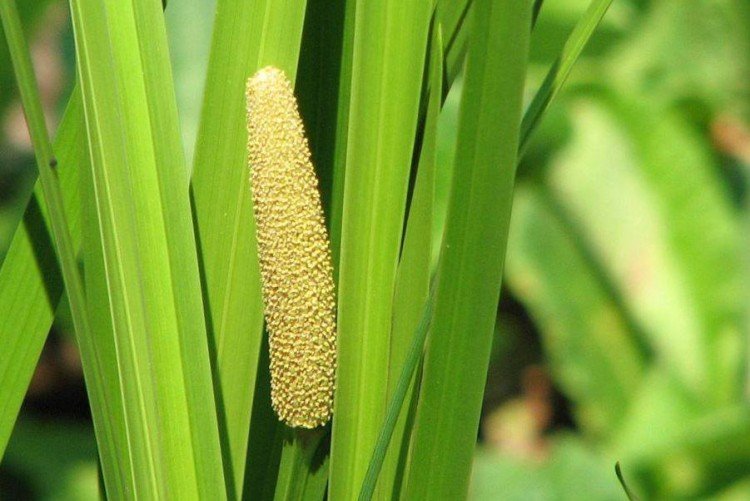
Calamus types
There are no types of calamus as such. Only ordinary (aka marsh) and cereal calamus are officially recognized. The first grows on the banks of water bodies and stretches up to 1.2 m. The second is more graceful, up to 30 cm high, and is often grown as a houseplant.
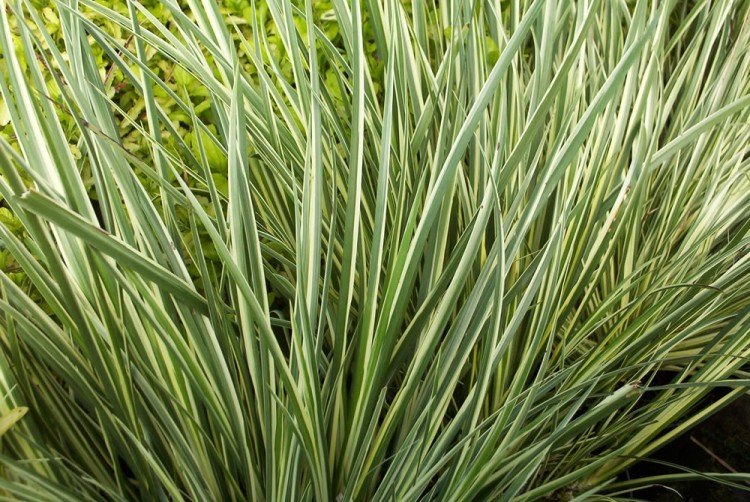
Ivy (50 photos): types, care, planting and cultivation
Calamus care
Calamus is grown both indoors and in the garden. At the same time, the features of care are practically the same, with the exception of the nuances with wintering.
Temperature
Street calamus feels great in natural conditions, and its frost resistance depends on the specific variety. For a room, the ideal temperature is 18-22 degrees, and in winter – 14-19. Drafts and the chill of the night do not pose a threat to him.
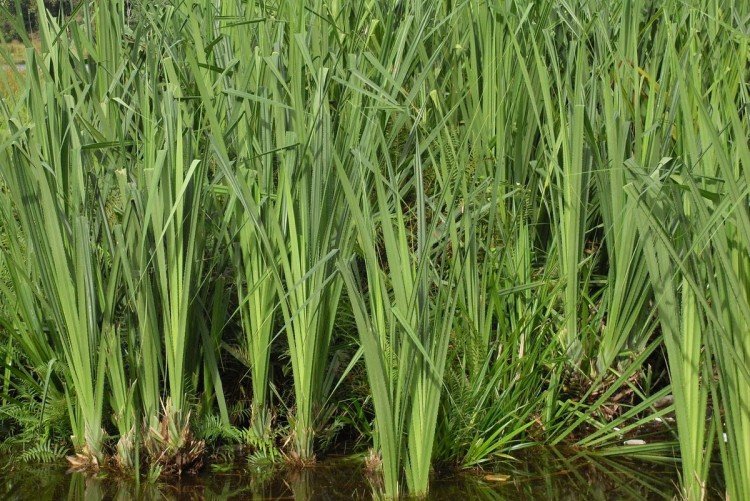
Lighting
Calamus prefers bright places, but does not like direct sunlight. If we are talking about an indoor flowerpot, choose western or eastern windows for it.
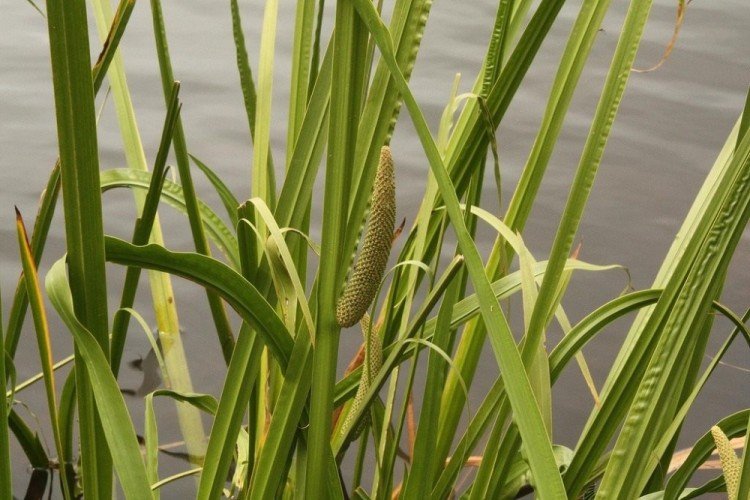
Watering
Calamus is very fond of regular intensive watering, especially immediately after planting or on hot days. Do not let the soil dry out, because this will destroy the plant. Naturally, calamus that grows in water does not need to be watered. Regular spraying will not be superfluous either.
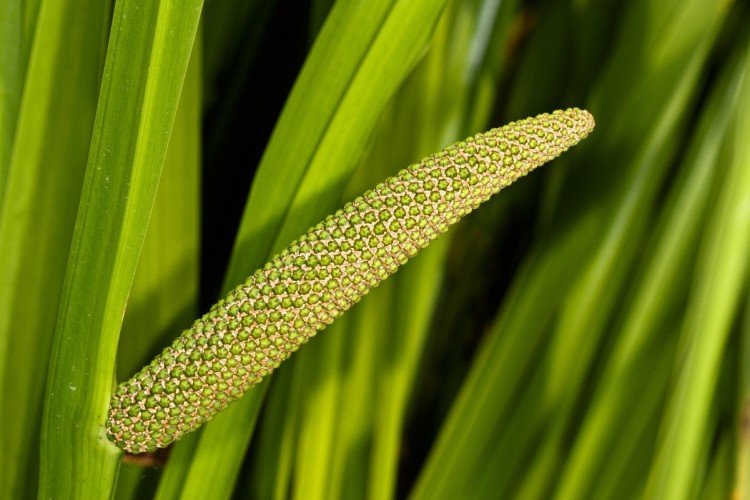
The soil
Considering that in nature calamus grows near water bodies, it prefers the appropriate soils. Feel free to add more sand, peat and even river silt. By the way, calamus grows well in hydroponics.
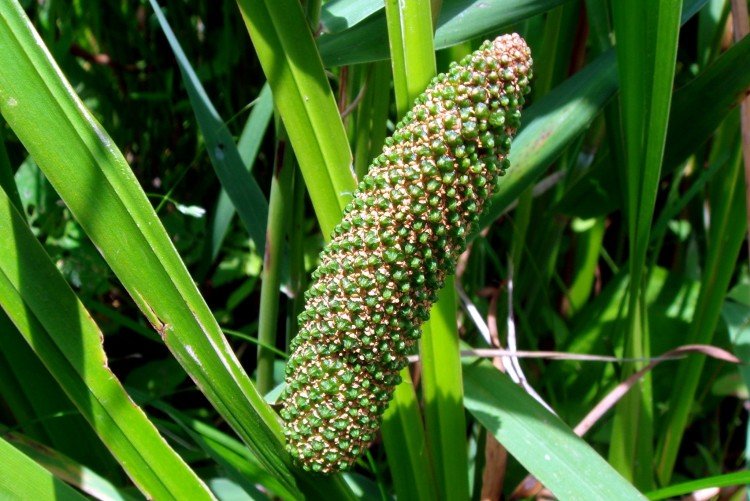
Fertilizers and feeding
For active growth of juicy and beautiful green leaves in the warm season, feed calamus with complex fertilizers once a month. But keep in mind that if the plant lives in water, an excess of fertilizing will lead to overgrowing of the pond.
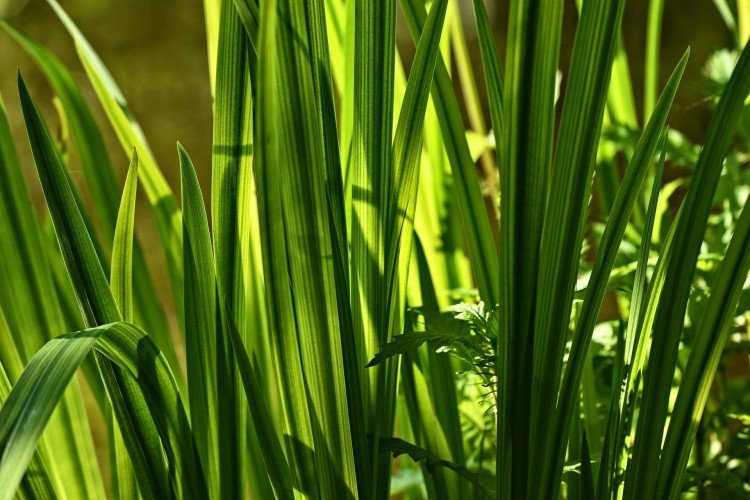
Pruning
Calamus grows very quickly and intensively, so it needs regular pruning. In early spring, before the appearance of young shoots, weak and old leaves are cut out.
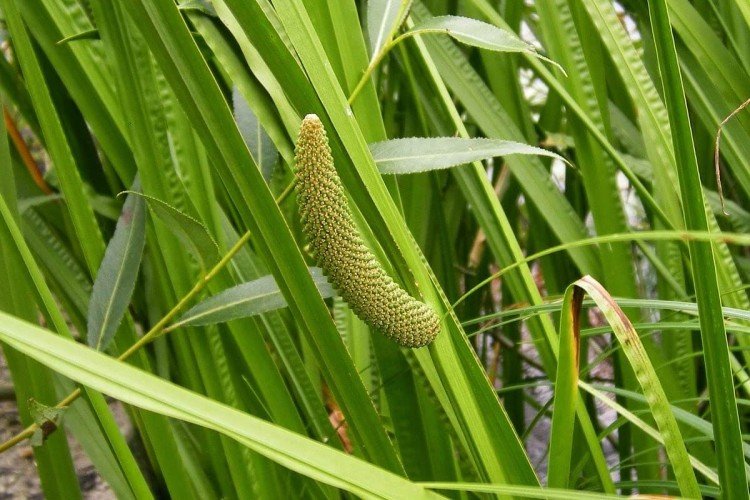
Wintering
Garden calamus can winter right in the area under the shelter, but this depends on the specific variety. There is no need to cut dry leaves before wintering. In regions with cold, snowless winters, it is still recommended to transplant the rhizome into a container and put it indoors. The same goes for dwarf ornamental varieties.
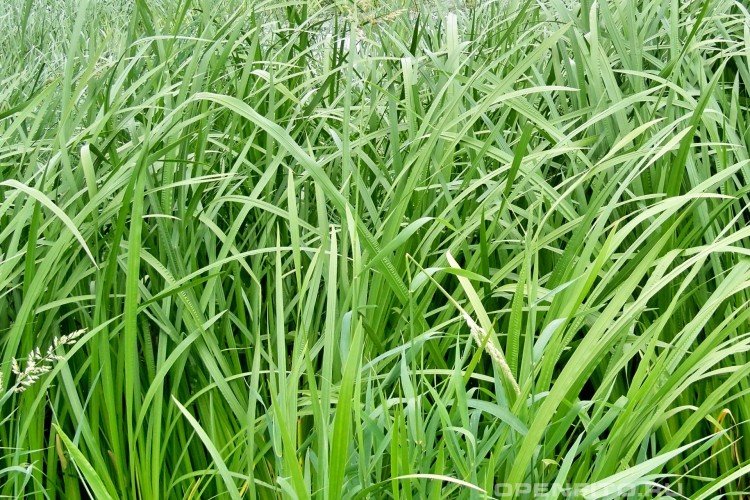
Transfer
Calamus is transplanted only as needed or growing along with an earthen clod. Rooting in a new place takes about a month. It is best to carry out the procedure in the spring.
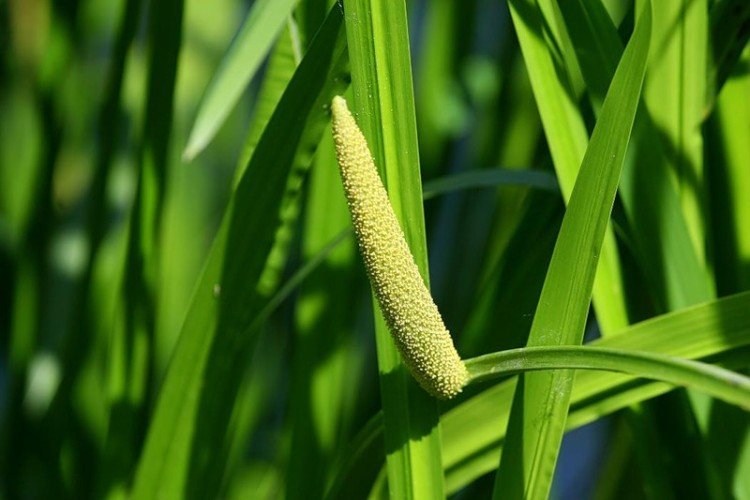
Sedum (60 photos): types, proper care, planting and cultivation
Reproduction and planting of calamus
Calamus does not need any additional difficulties for reproduction. It is enough to divide the adult bush together with the roots and plant it immediately in permanent places. It is recommended to carry out the procedure in the spring at least once every 3-4 years. Each division should have several renewal buds. They are buried in the ground horizontally or at an angle of 30 degrees.
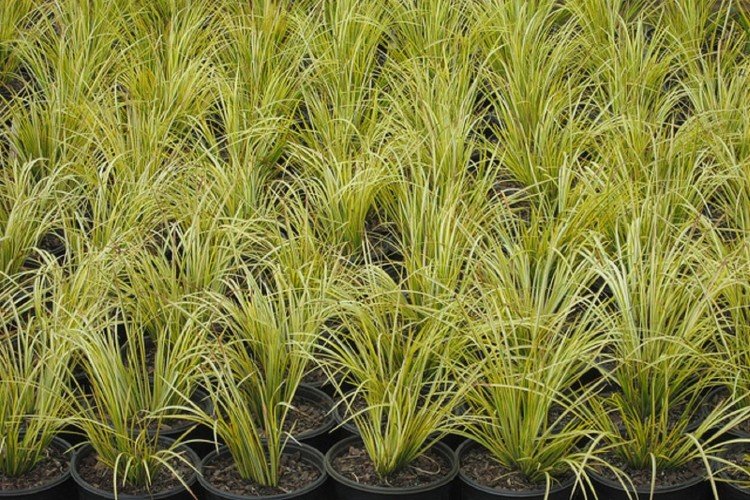
Pest and disease control
Calamus is generally not prone to disease and is practically not affected by pests. Occasionally there are “flying” spider mites, but most often there are so few of them that it is enough to wipe the leaves with soapy water. The tips dry out due to too dry air or lack of watering, especially in hot weather.
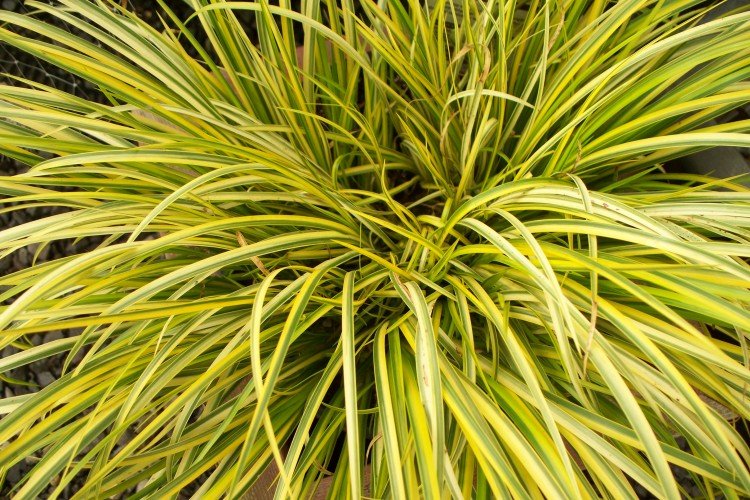
Katarantus (60 photos): types, planting, care and cultivation
Air – photo
For all its simplicity, calamus looks very impressive and bright. It will decorate any area, windowsill, small pond or even an aquarium!
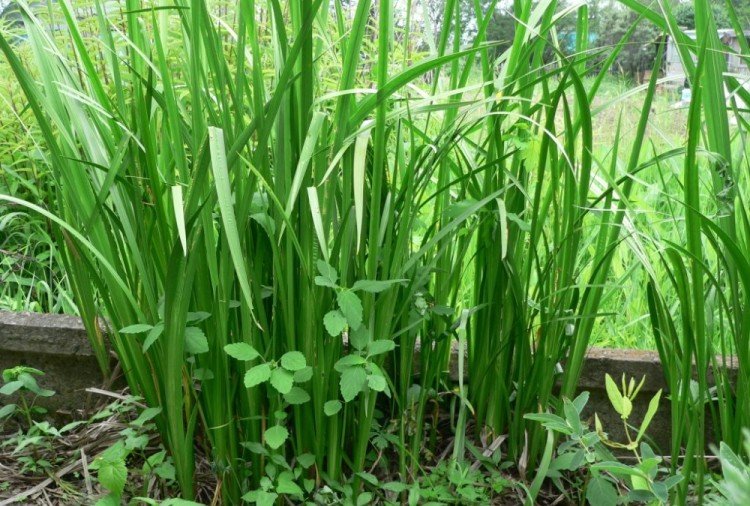
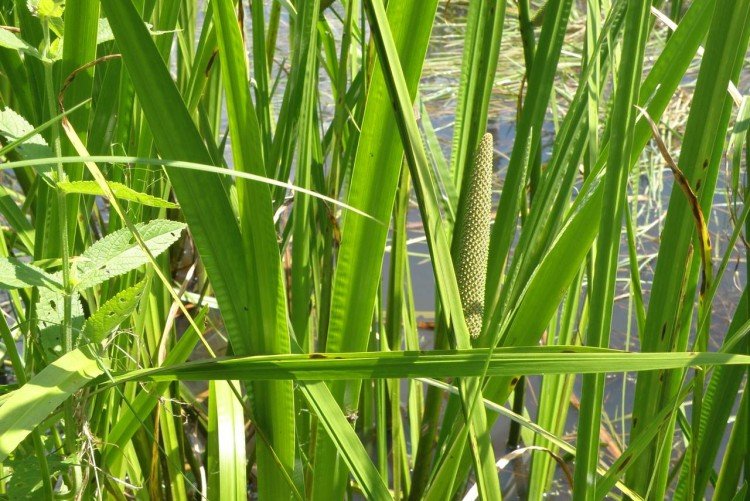
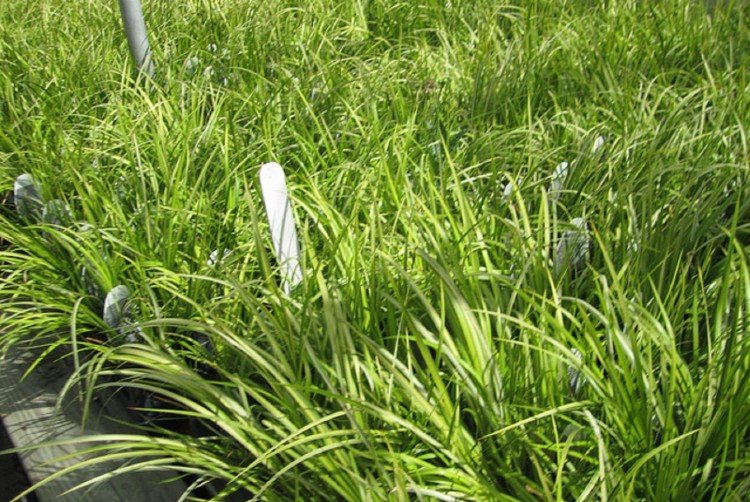
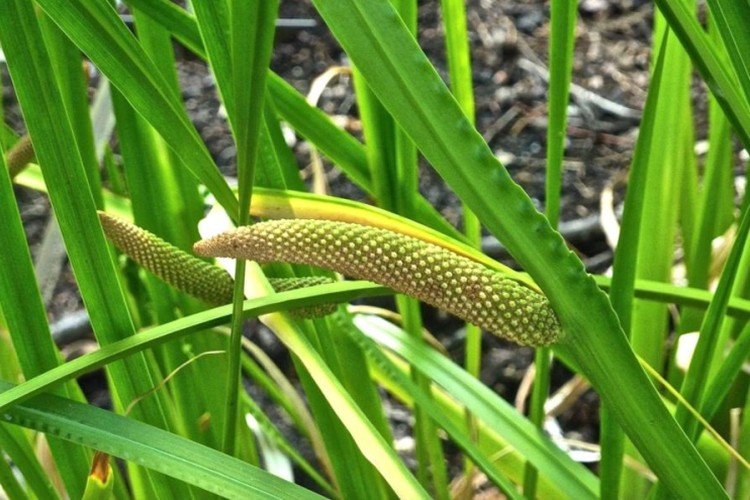
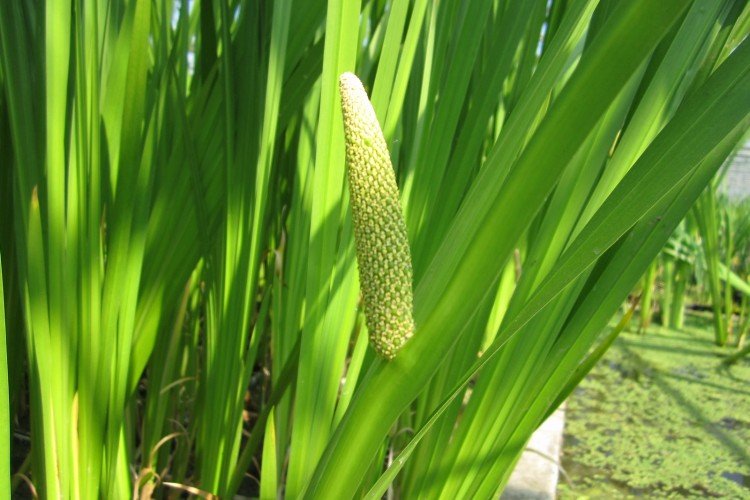
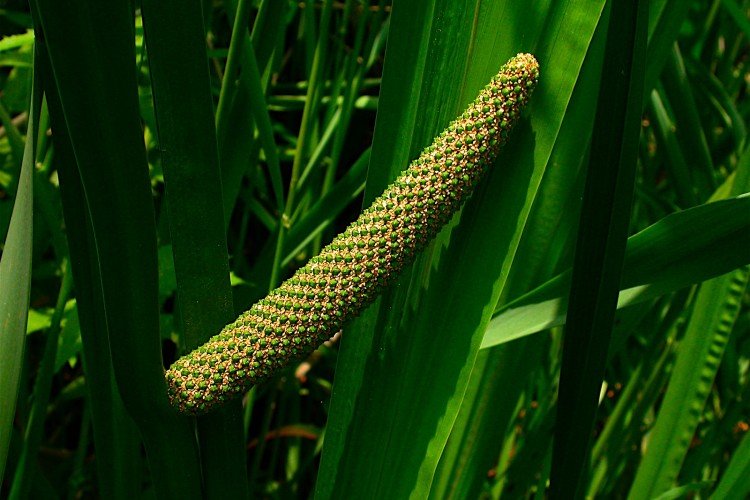
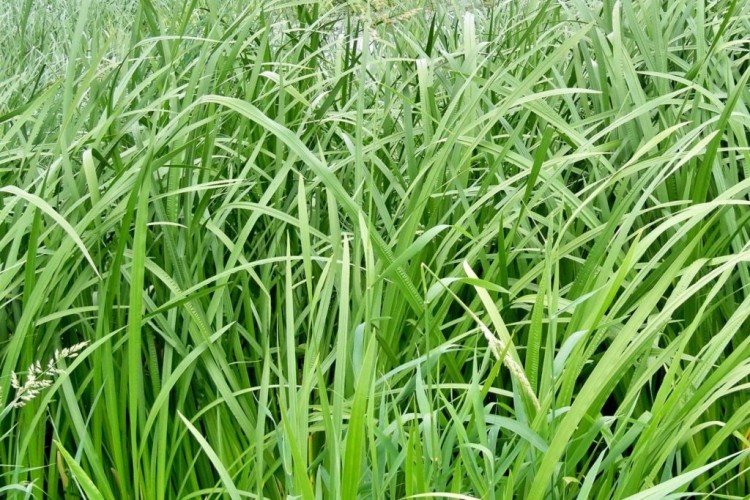
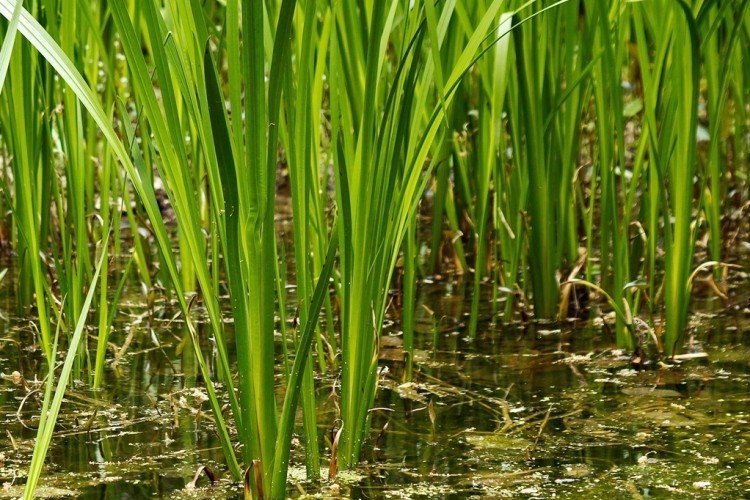
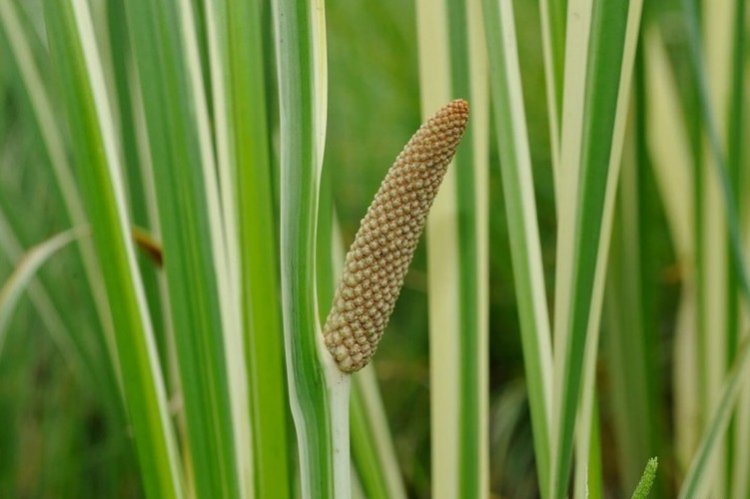
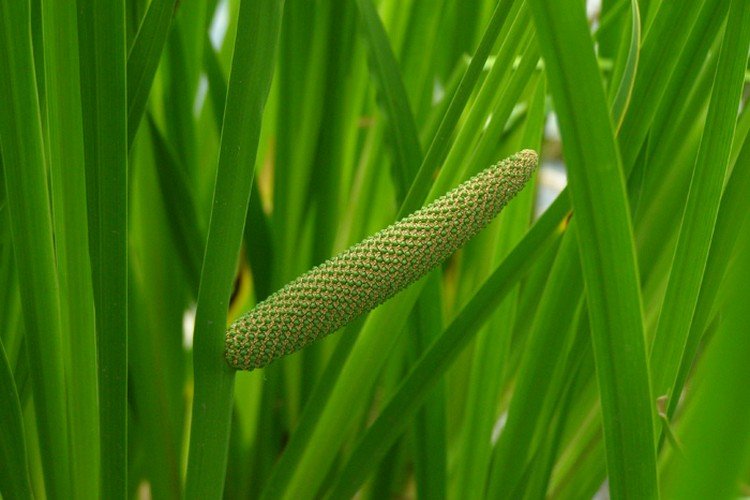
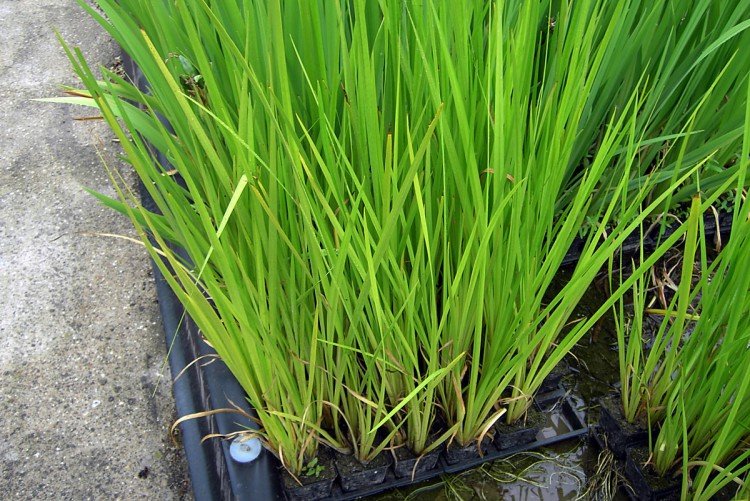
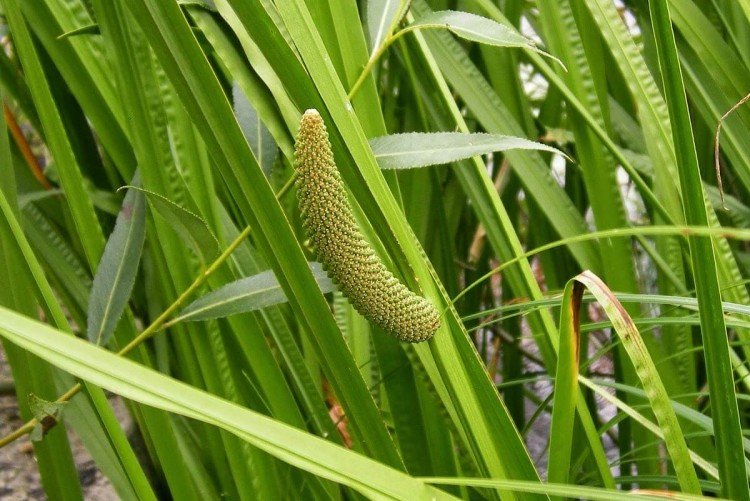
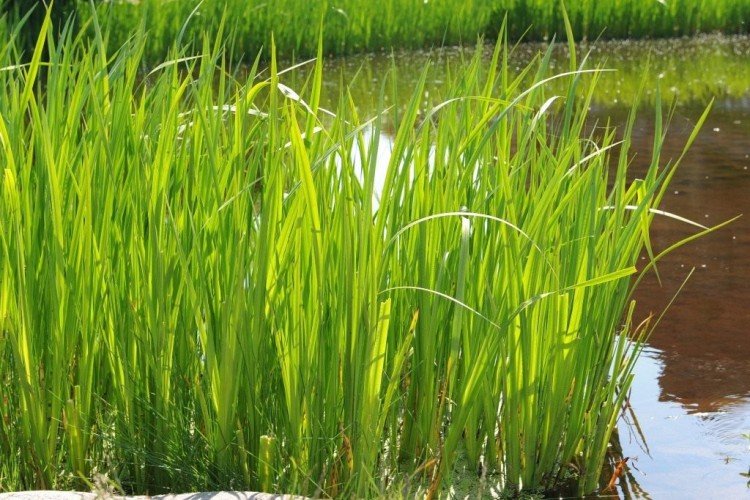
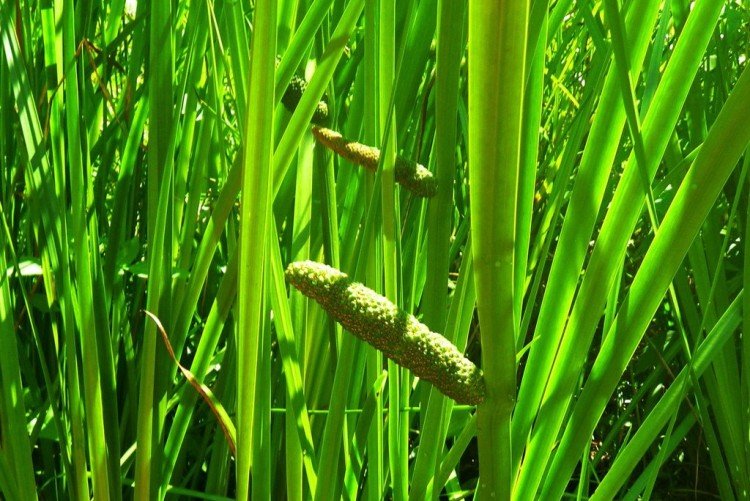
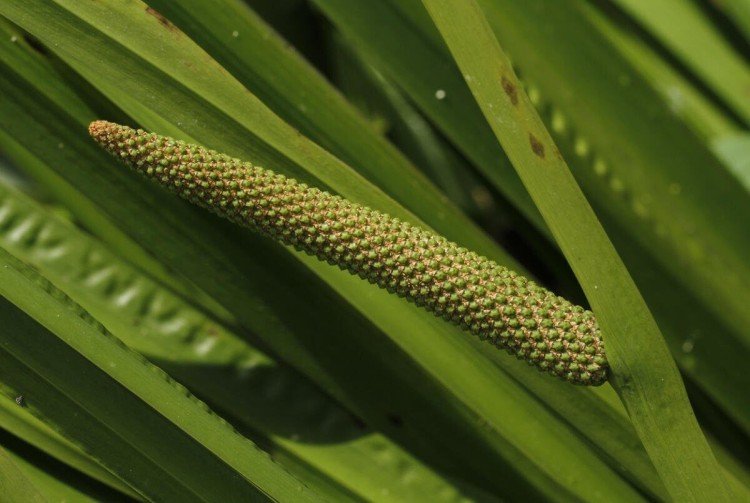
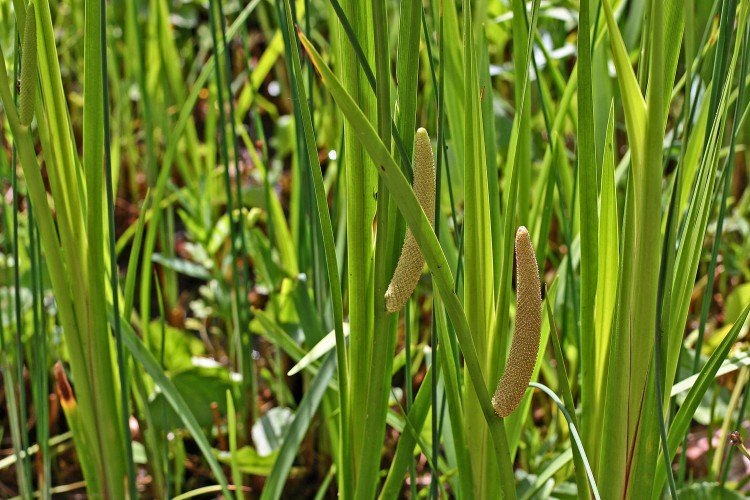
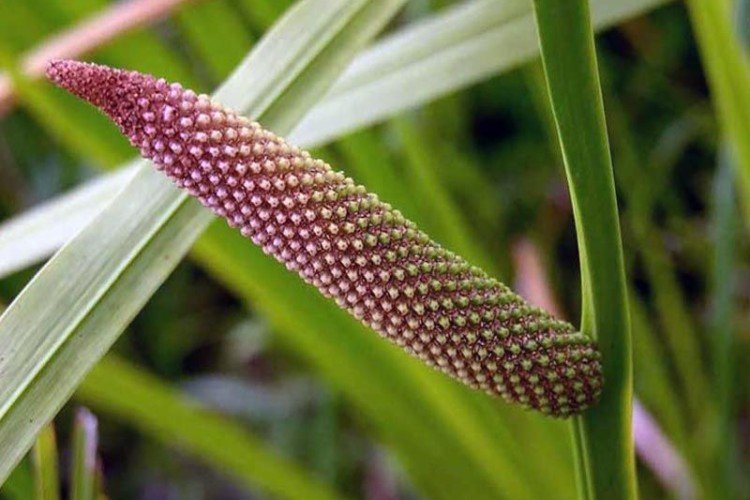
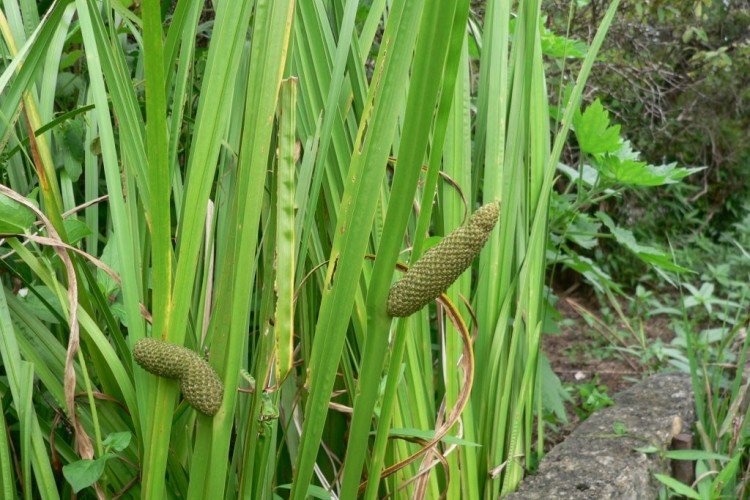
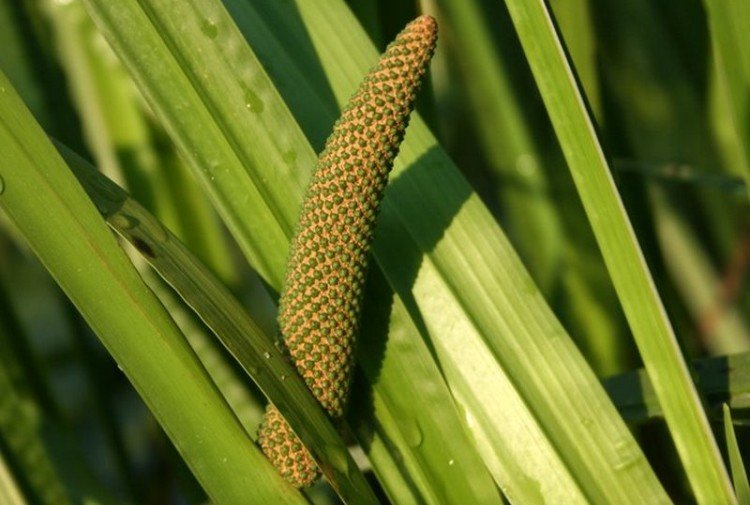
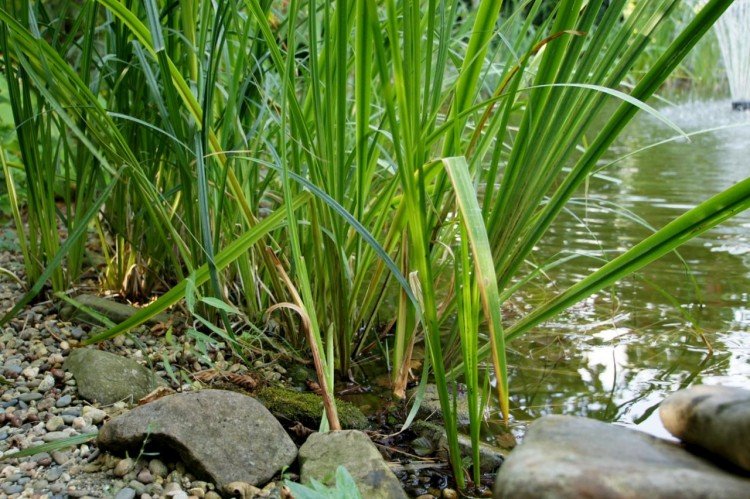
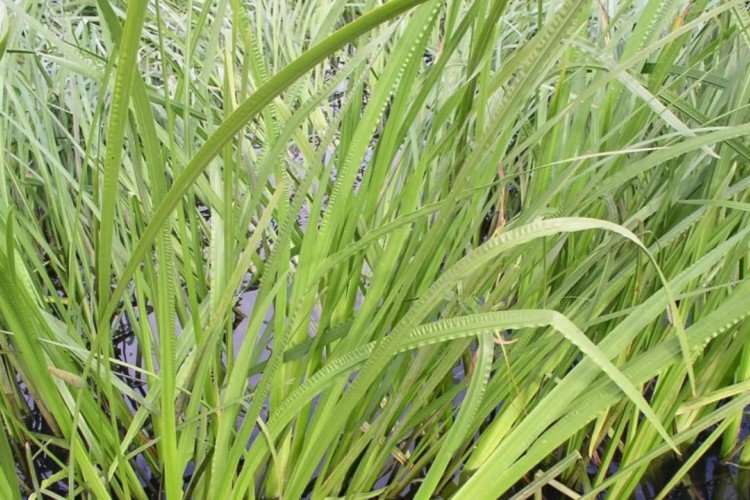
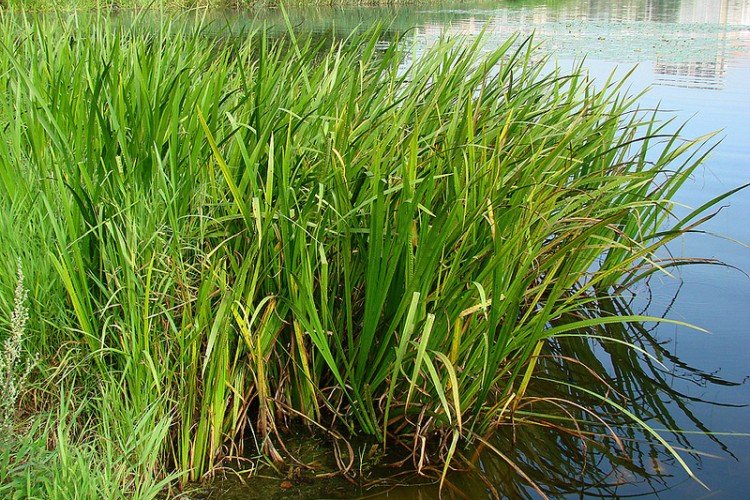
Did you like the publication? Subscribe to our channel in Yandex.Zen, it helps us a lot in our development!

